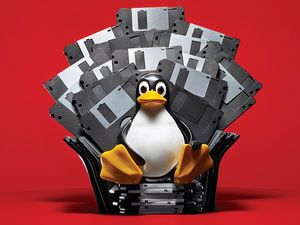It’s been a wild ride for the most time of the past 9 years. The Internet came a long way and the time I spent at Akamai Technologies since 2007 were an amazing and exciting experience. Before I came there, I was working for a security consultancy, planning deployments of hundreds of Firewalls and Intrusion-Detection Systems. Having to deal with thousands of servers was absolutely the right choice at that time and the decision didn’t turn out wrong.
During my time at the company, I worked for close to 100 brands, from all kinds of vertical like automotive, air-travel, industry, logistics, high-tech, e-commerce, media & entertainment. Mostly global corporations, all of which were well-known brands, even outside the Internet industry.
Having held 4 different roles, I helped customers on 2 continents to get their digital strategy in place, visited uncounted customers and prospects, places and offices in 10 different countries, collecting 80+ stamps and visa on my 3 new passports, while I reported to 9 different managers. Akamai likely gained 160.000 servers in the same timeframe, coming to more than 200.000 at the time of this writing.
And during the same time, Internet evolved further. When my time at Akamai began, the iPhone was about 3 months old, and became available in Germany only after I started. Since mobile Internet is broadly available, technology and after all society really changed. This shift towards general acceptance of internet made the time with the company a wild ride.
While the normal smart phone user takes Internet availability for granted today, technology doesn’t stand still. The broad availability of connectivity came to a point where new opportunities are starting to emerge. Having stepped up the game from hundreds of firewalls in 2003 to hundreds of thousands of servers in 2007, today house hold appliances start to become available with a “connected” options, making them more smart at the promise to make life more efficient and convenient.
The Internet of Things opens the opportunity to work with millions of Internet connected things going forward. And this forthcoming development will lead to another wild ride that I wanted to take part in right from the beginning. Therefor, I decided to join Osram’s Lightify department, starting tomorrow! I’m excited!


